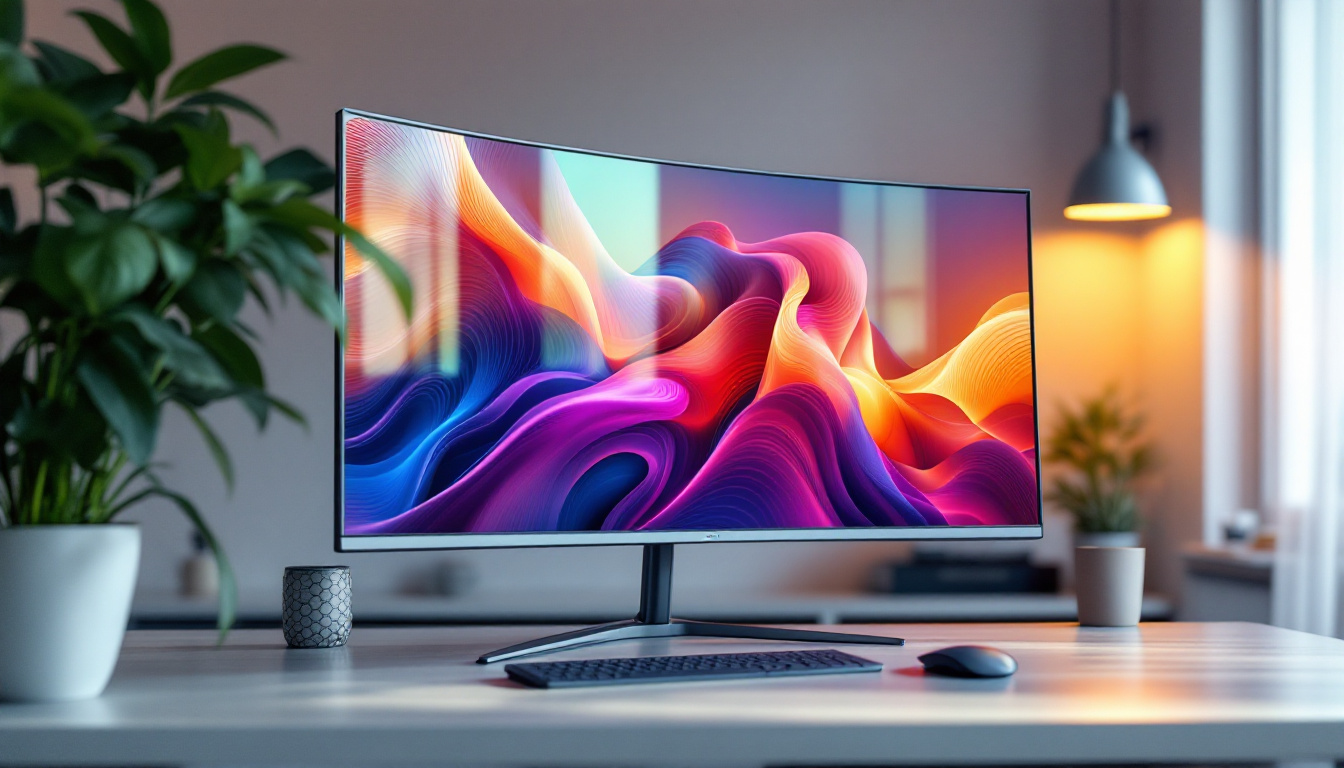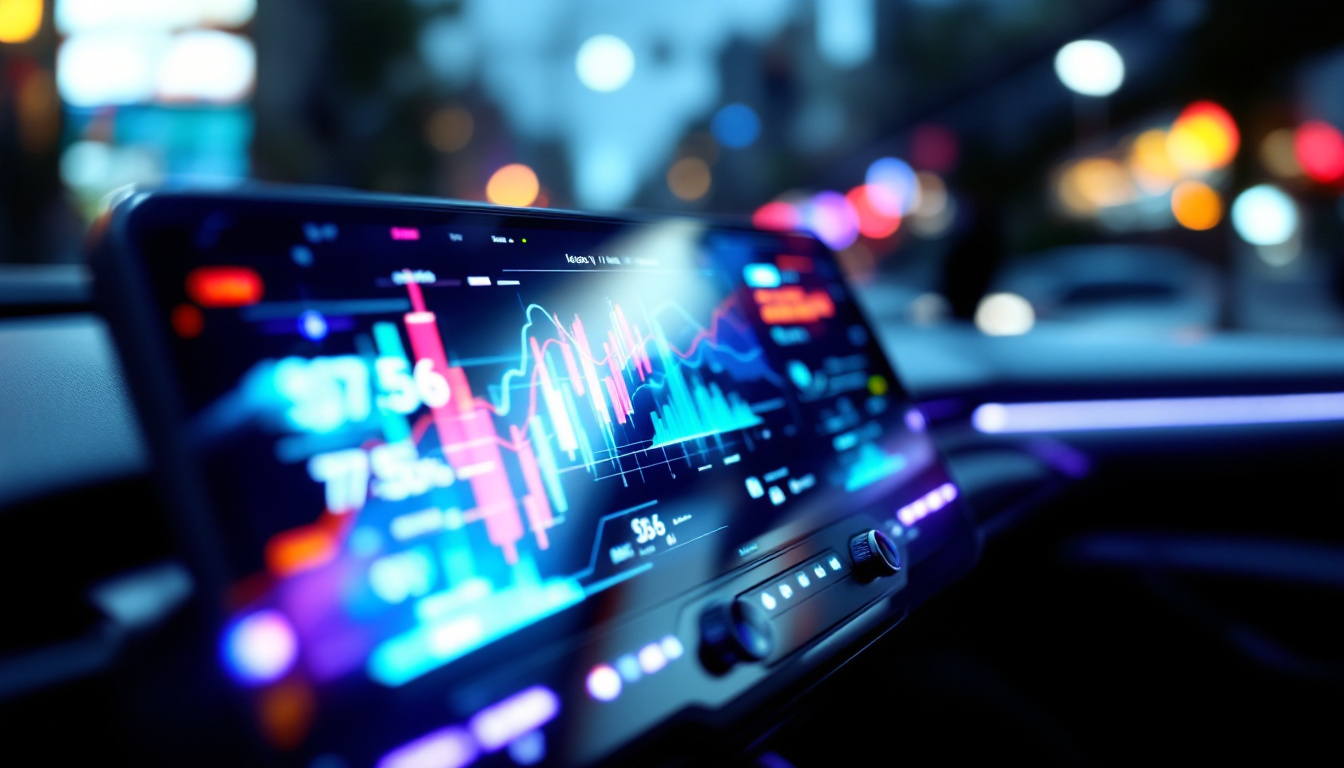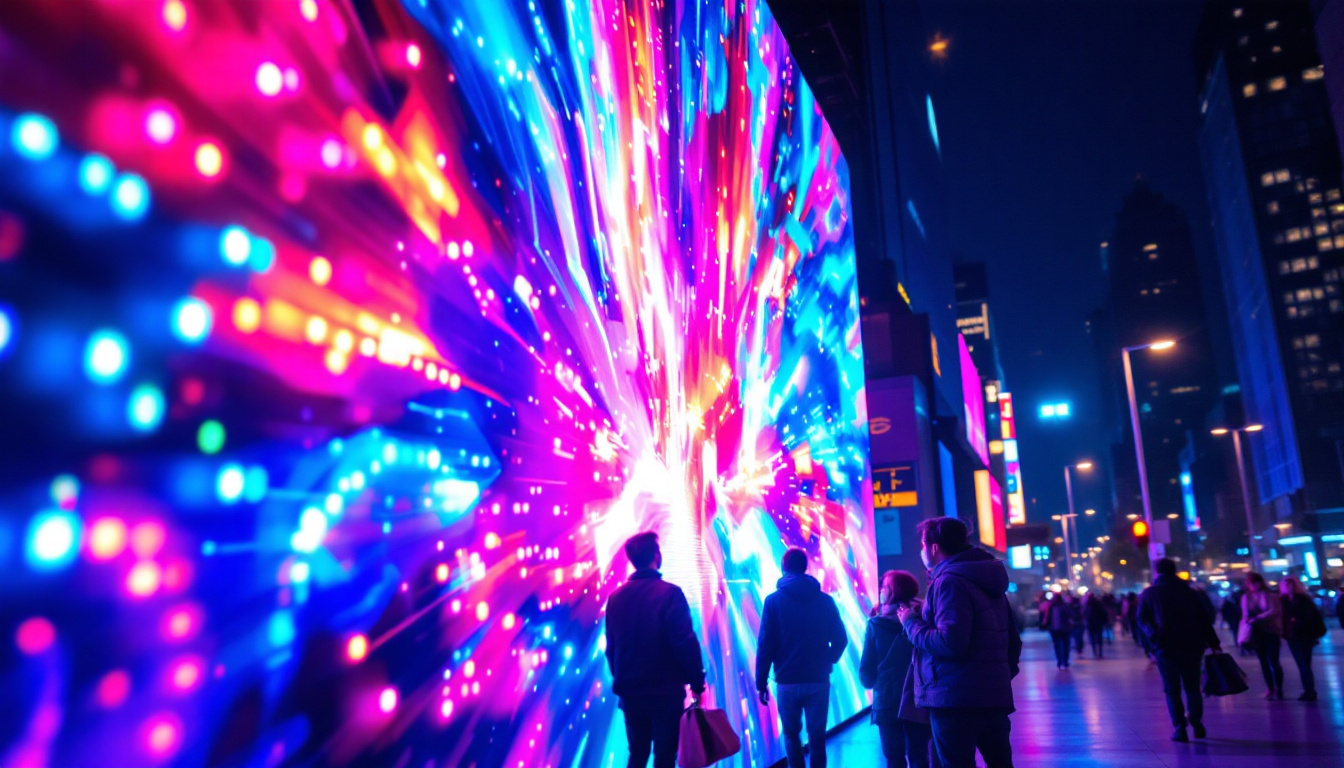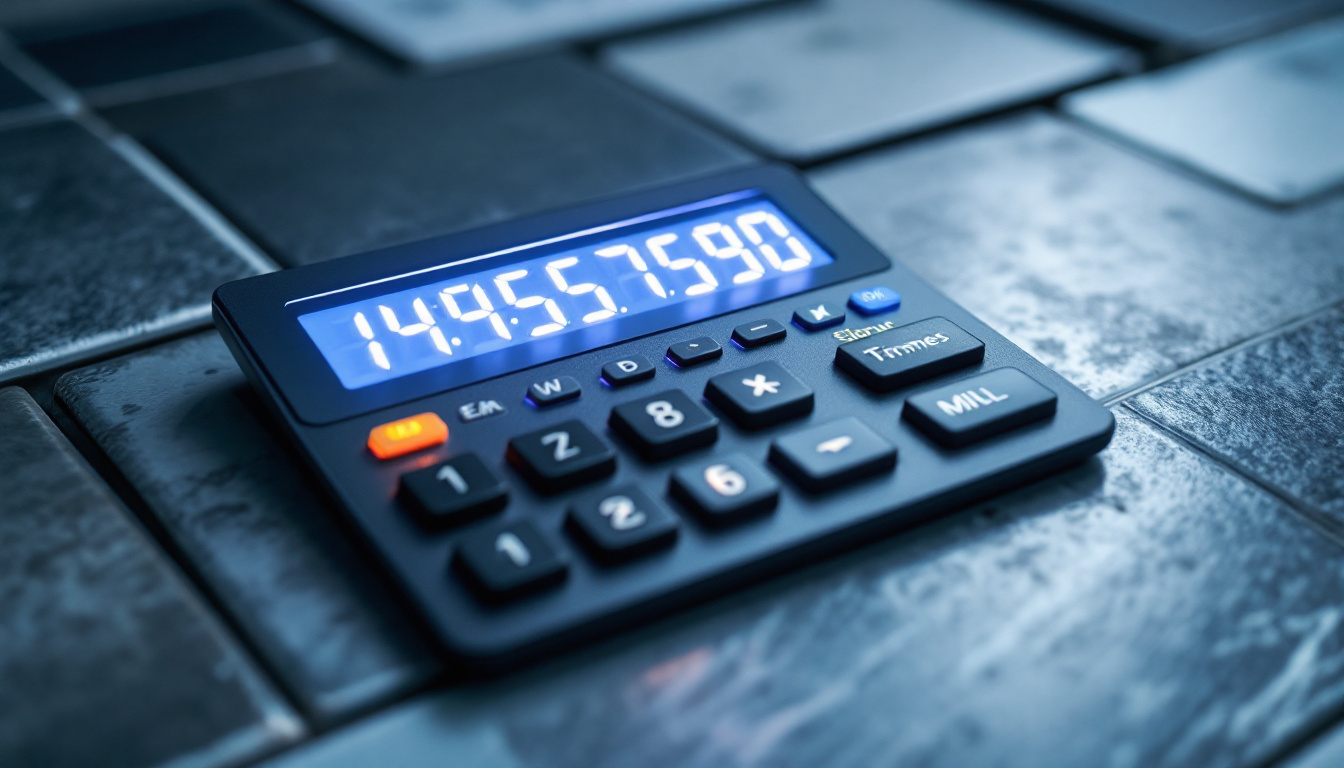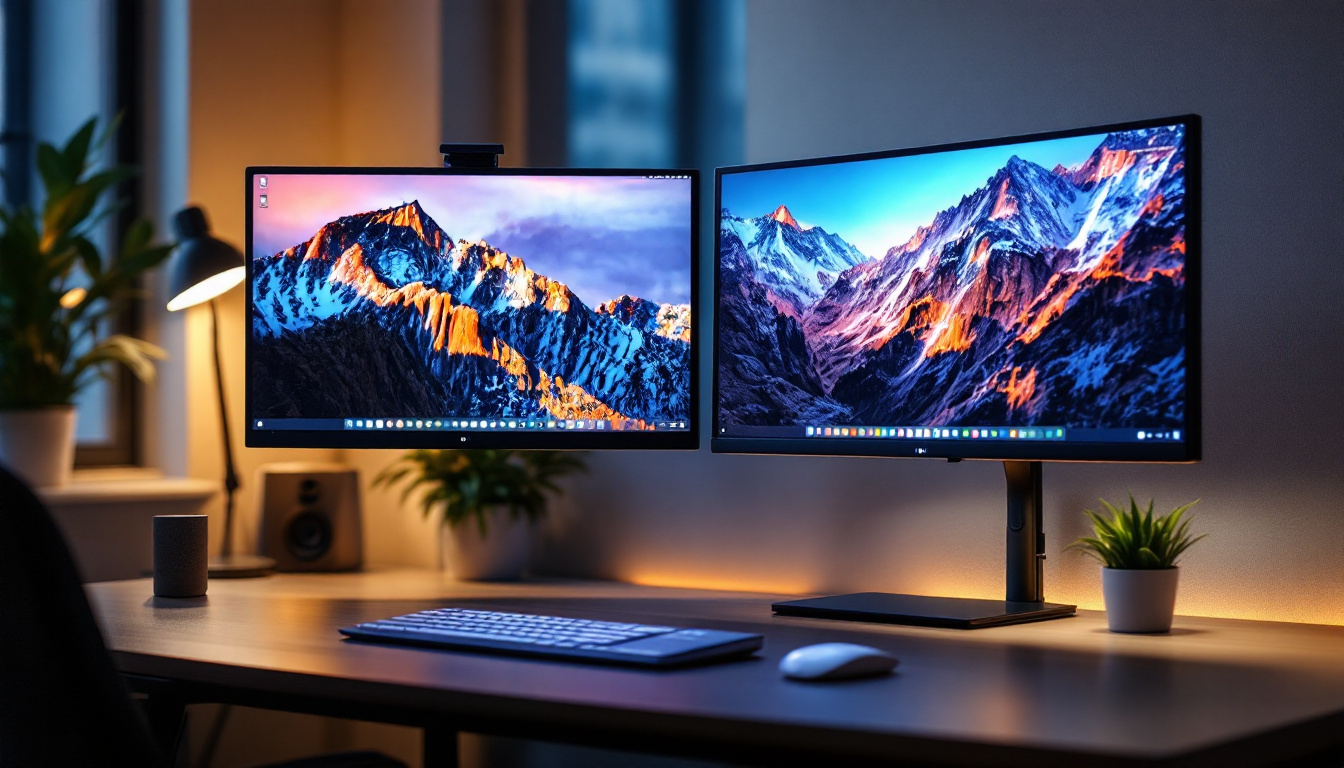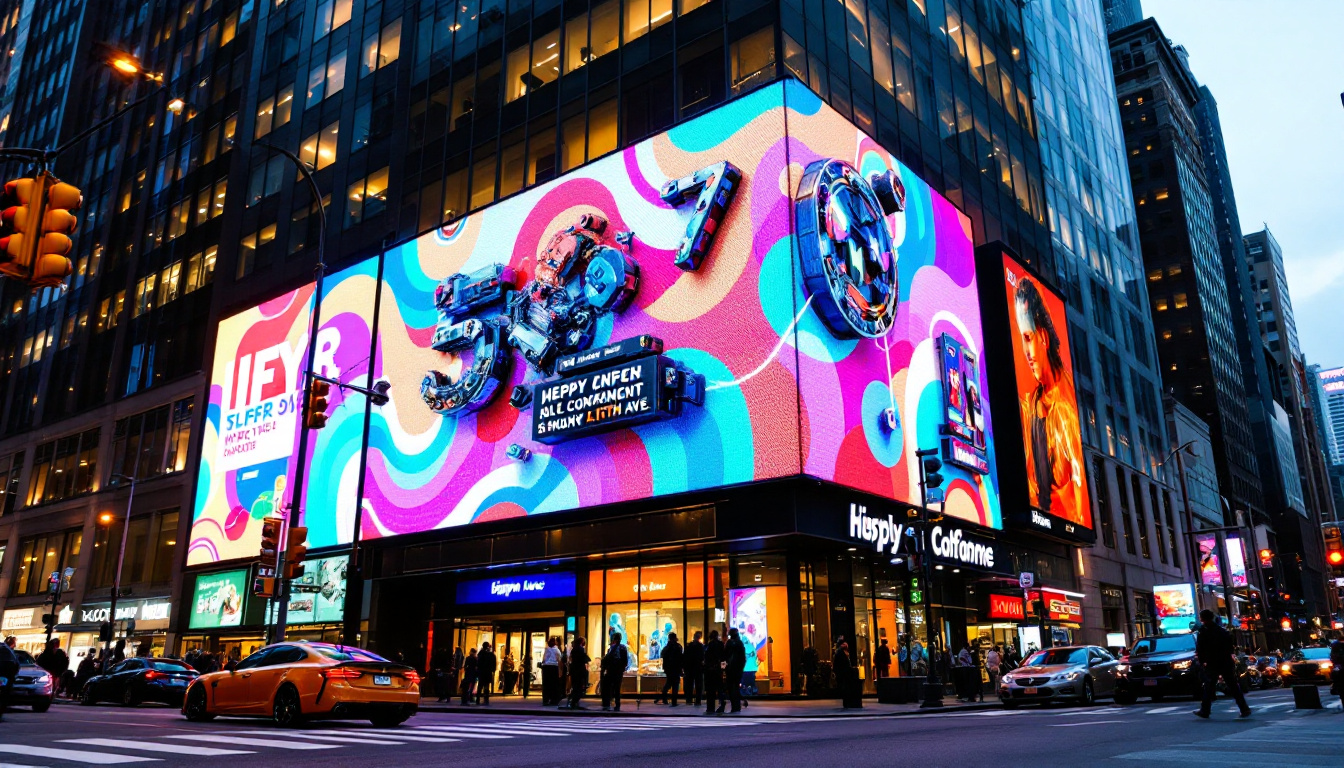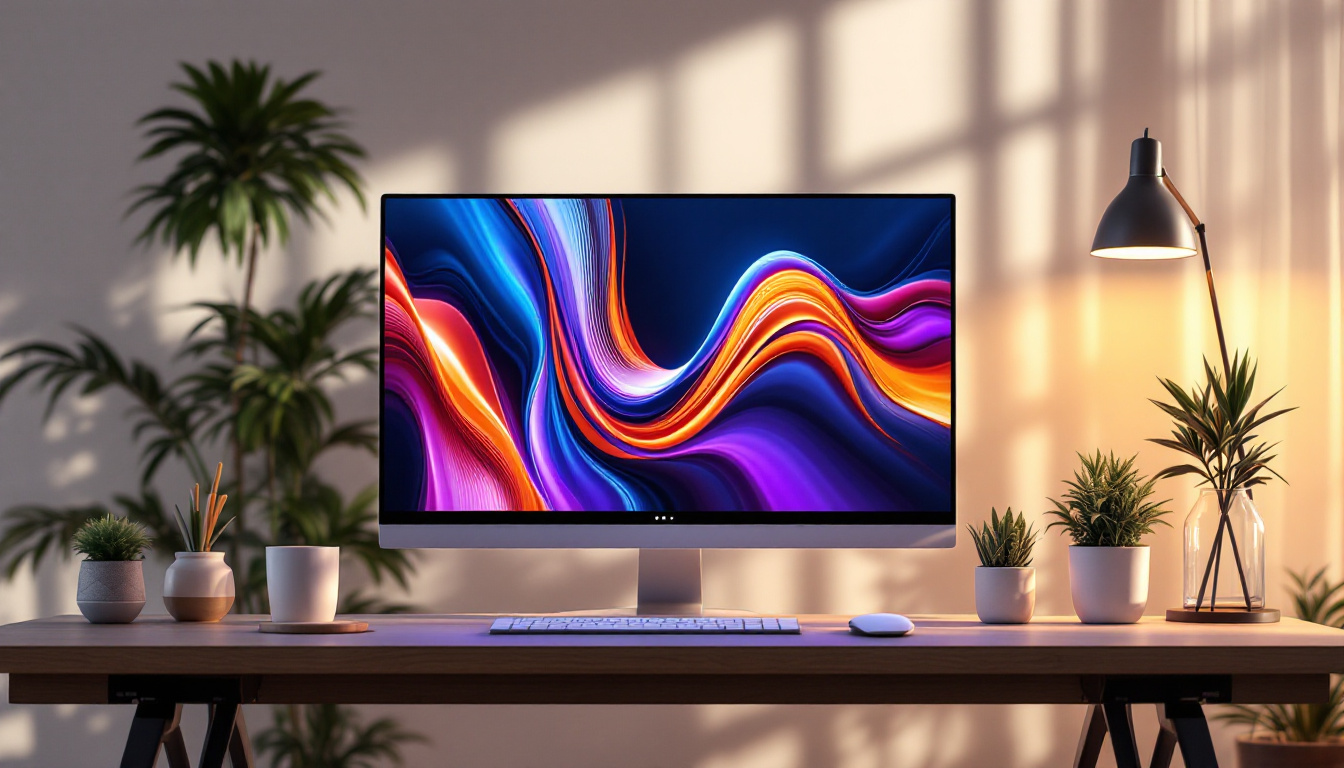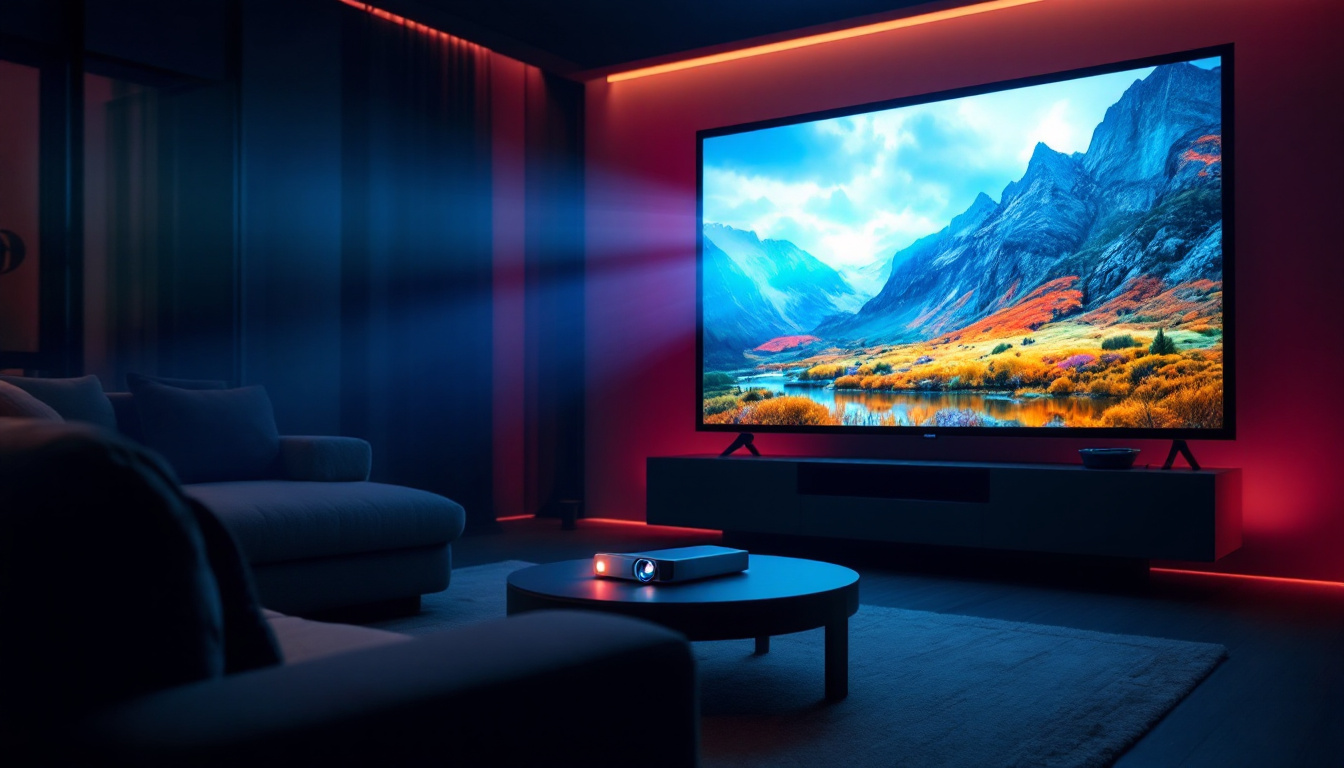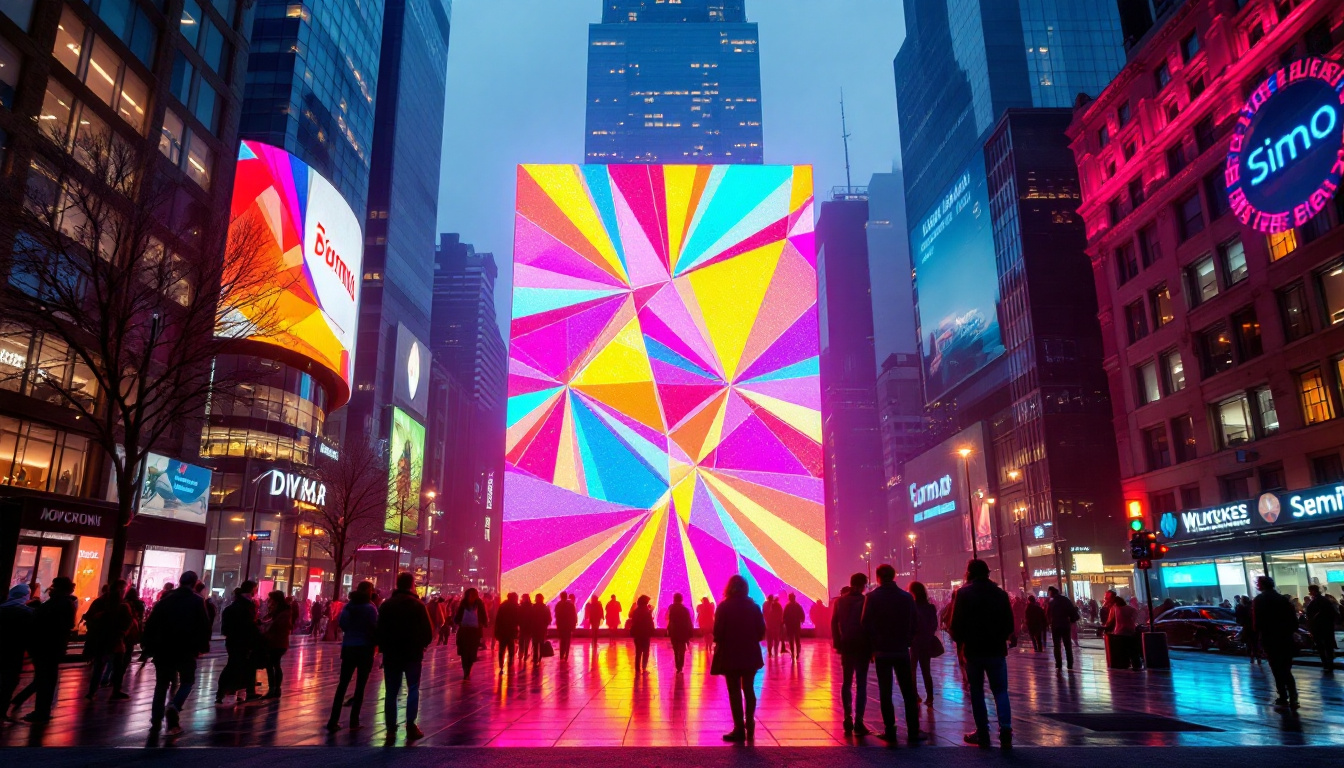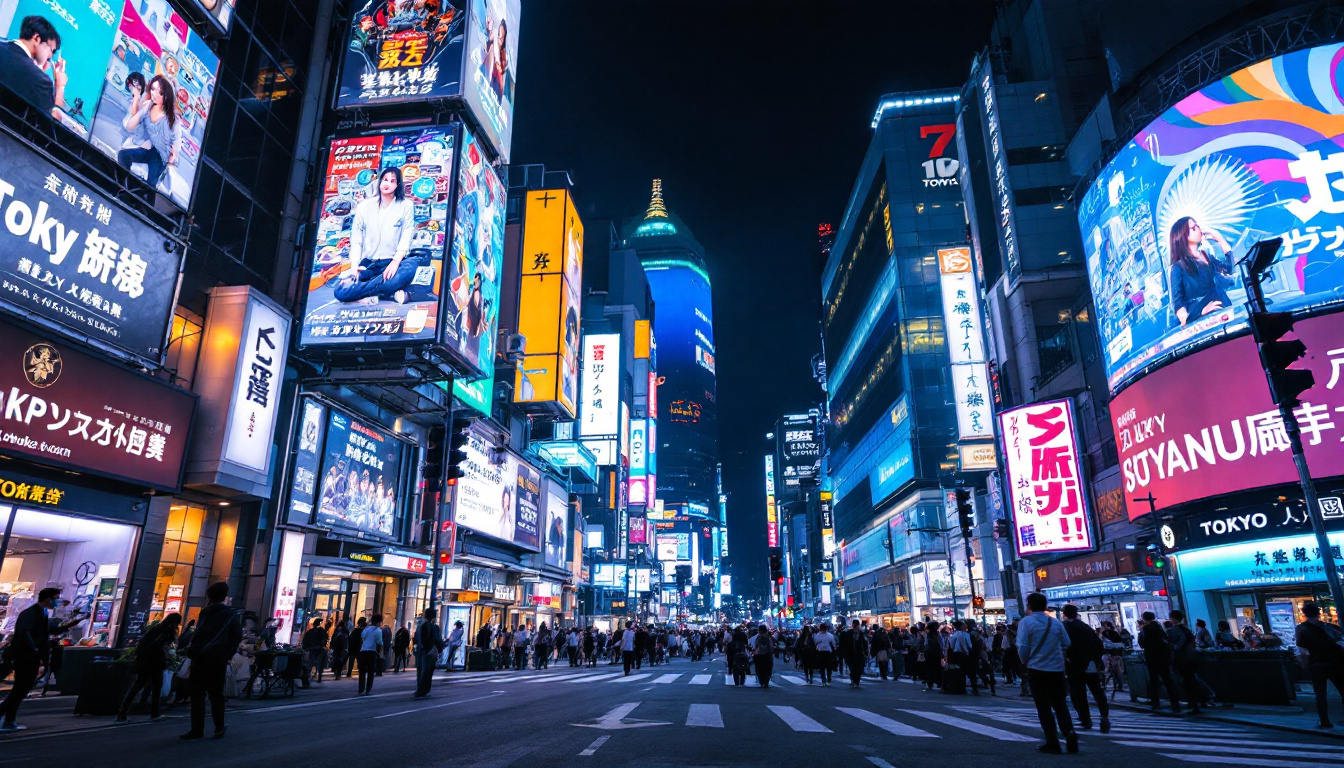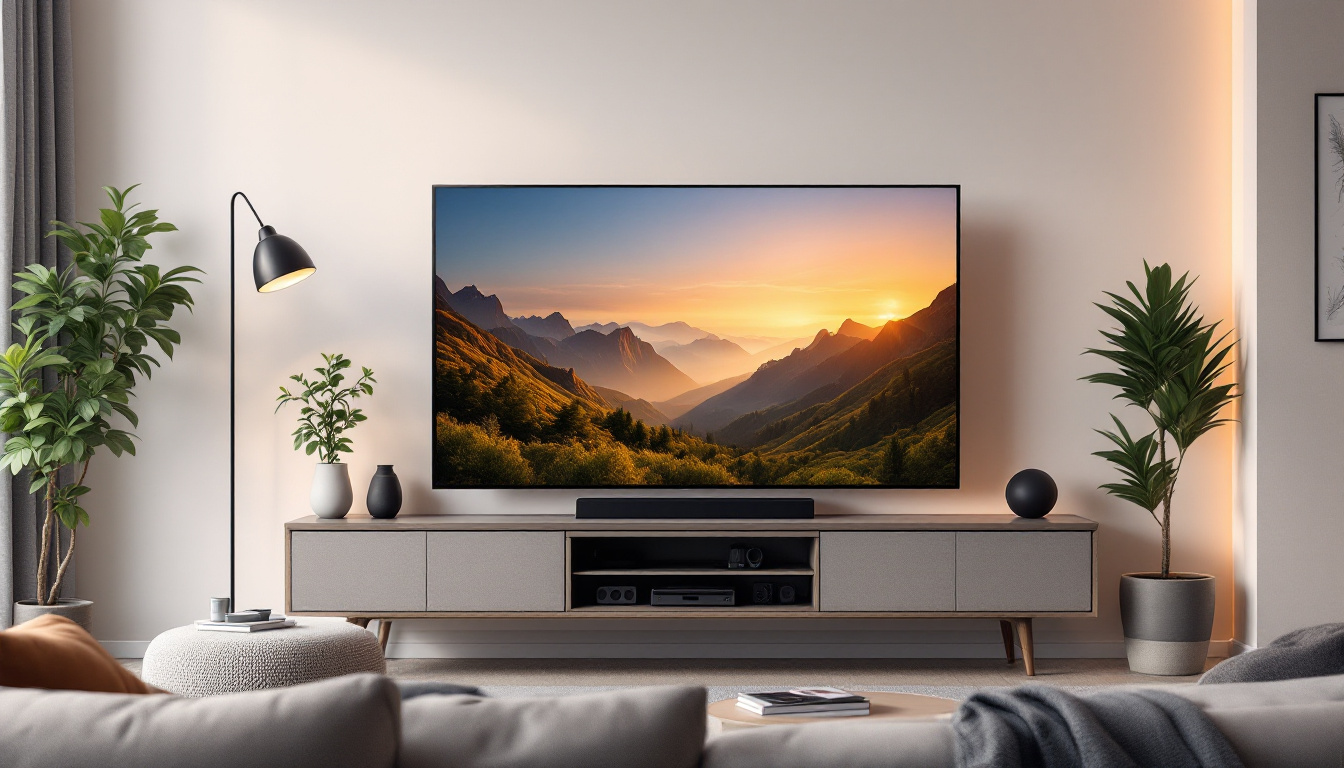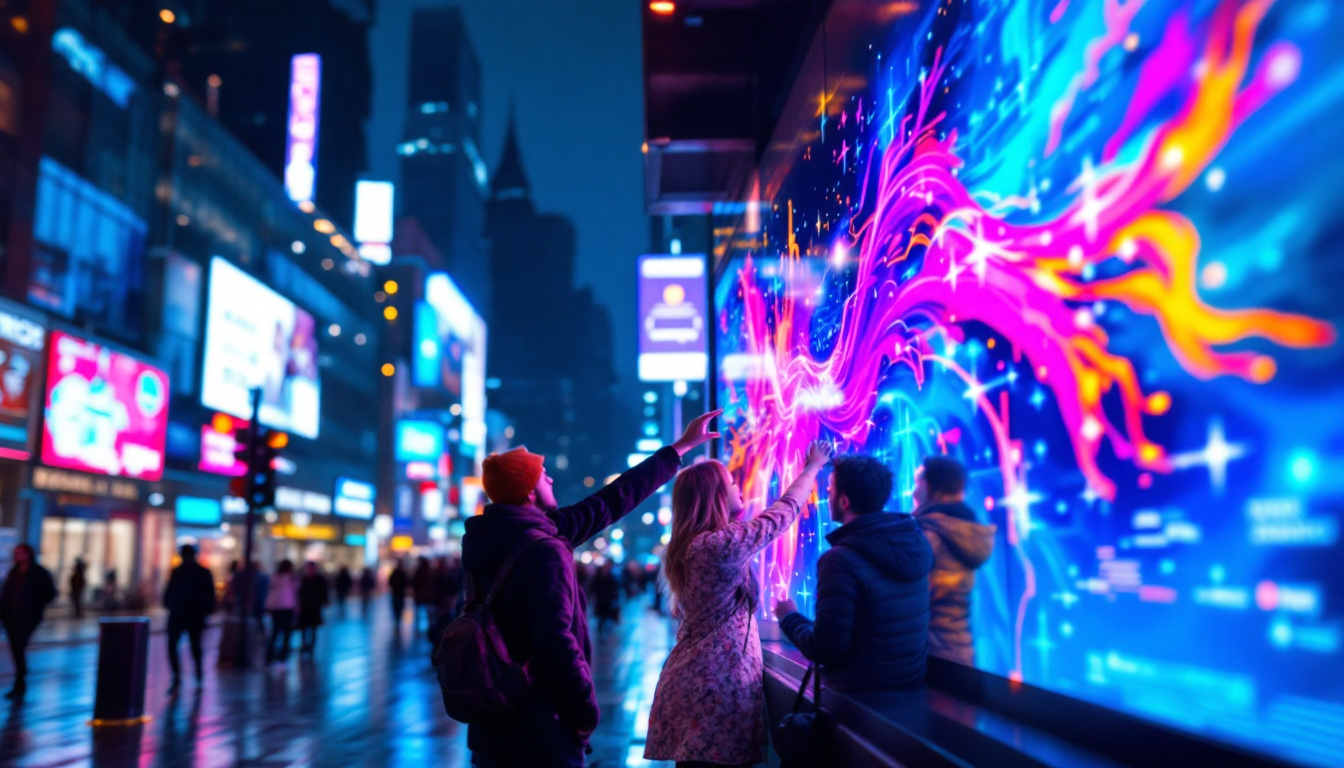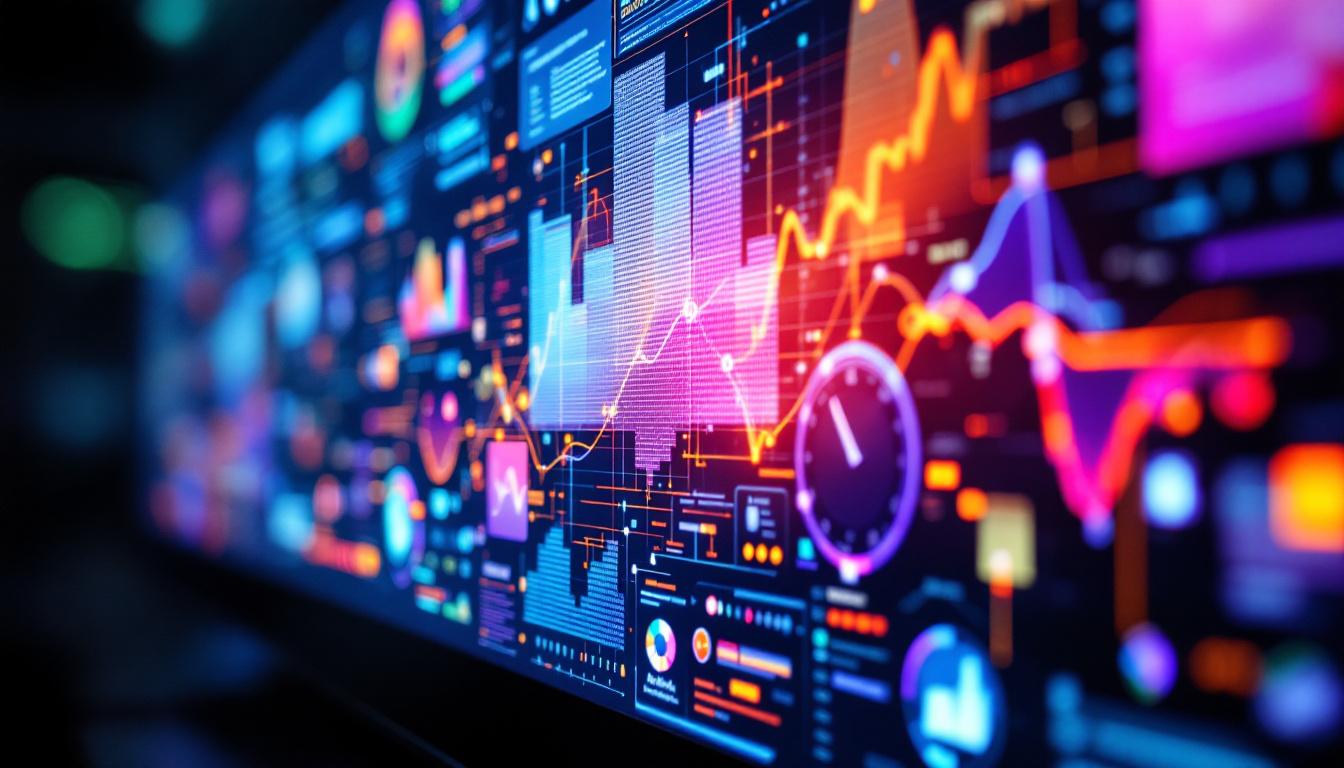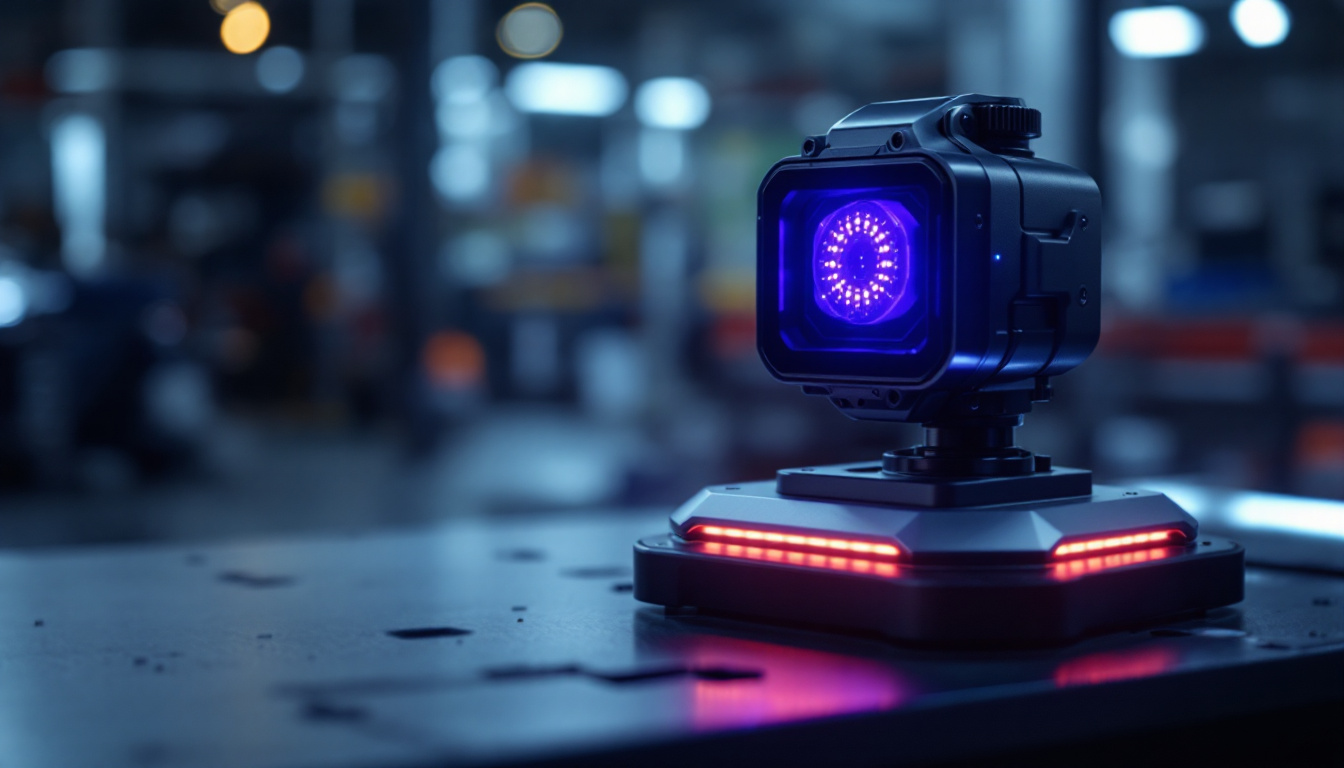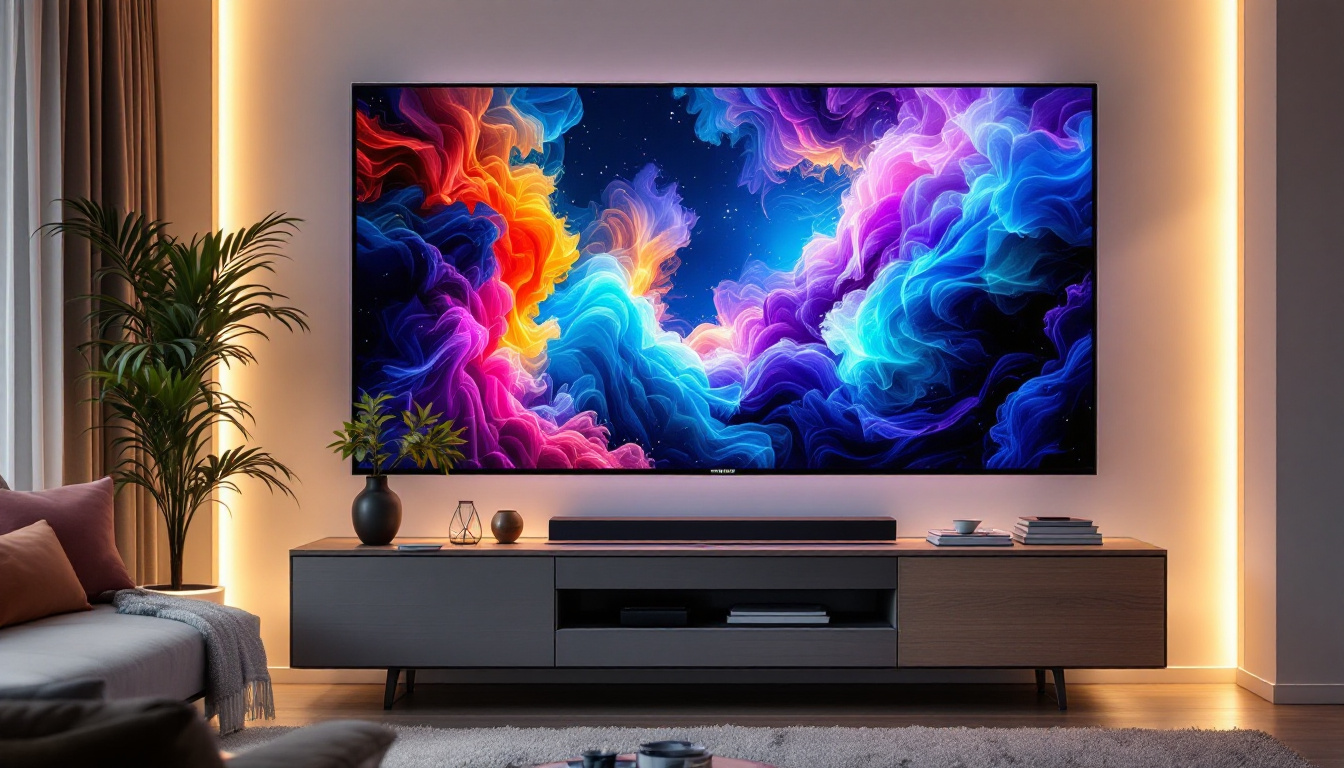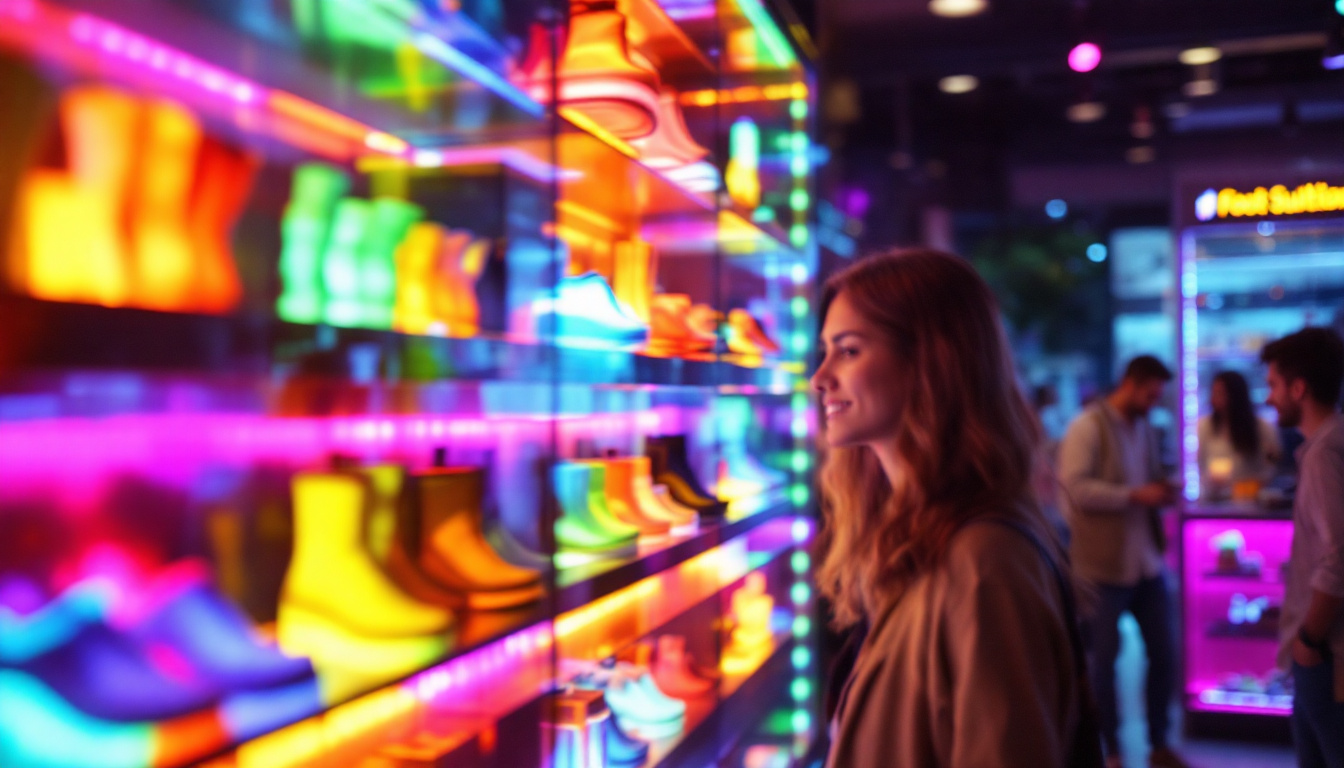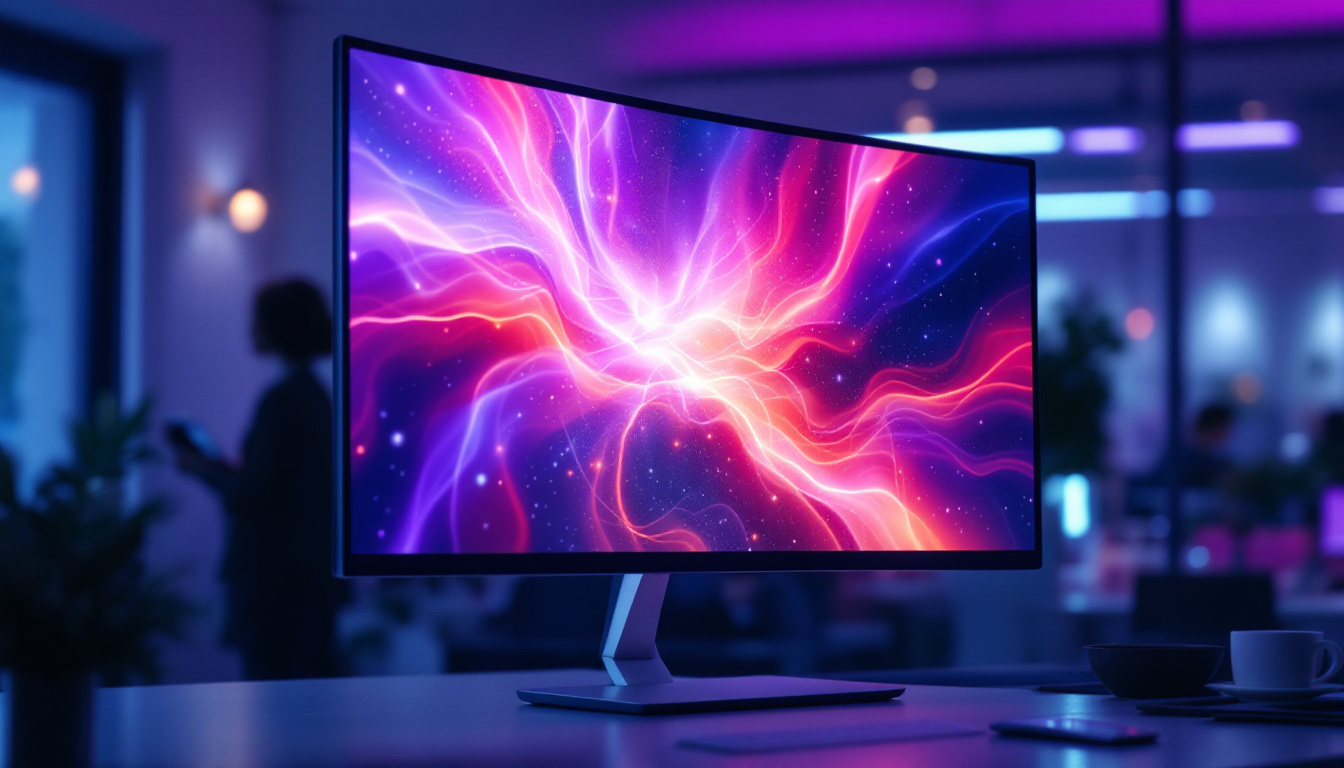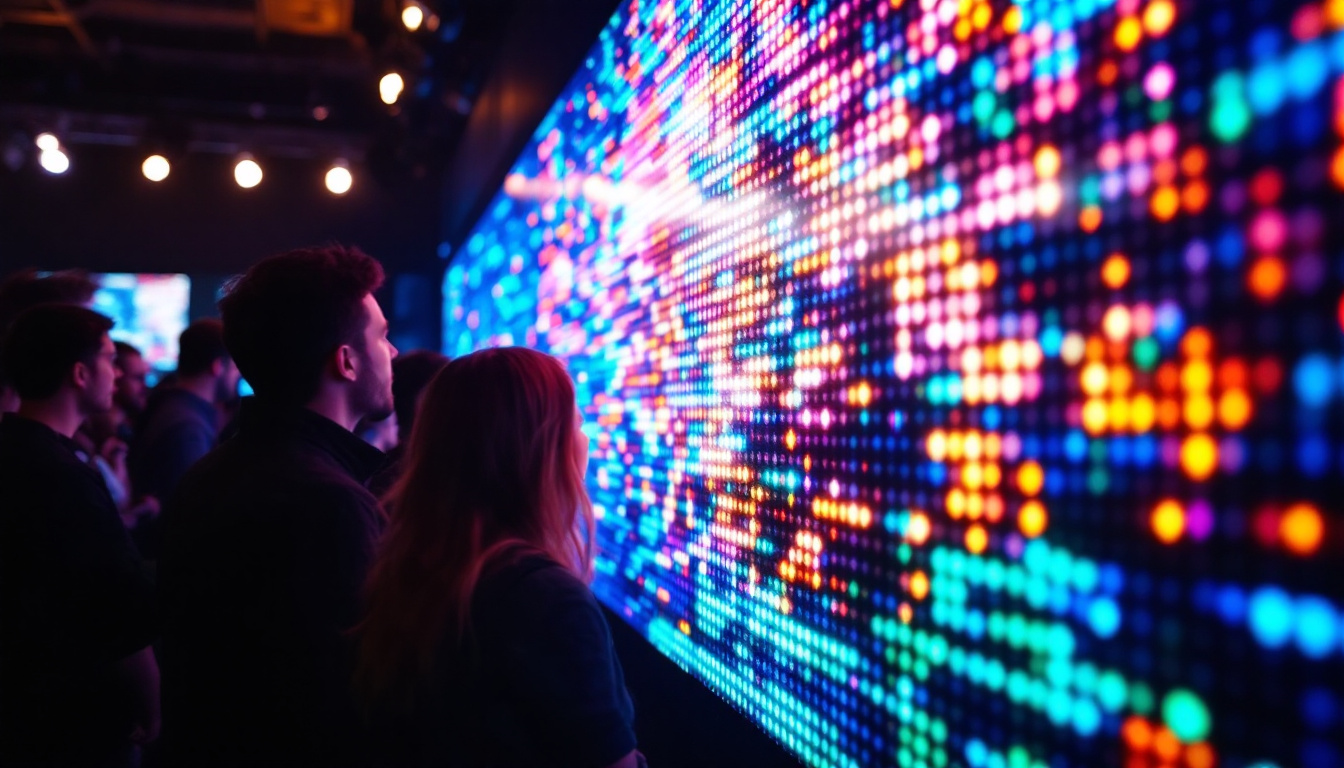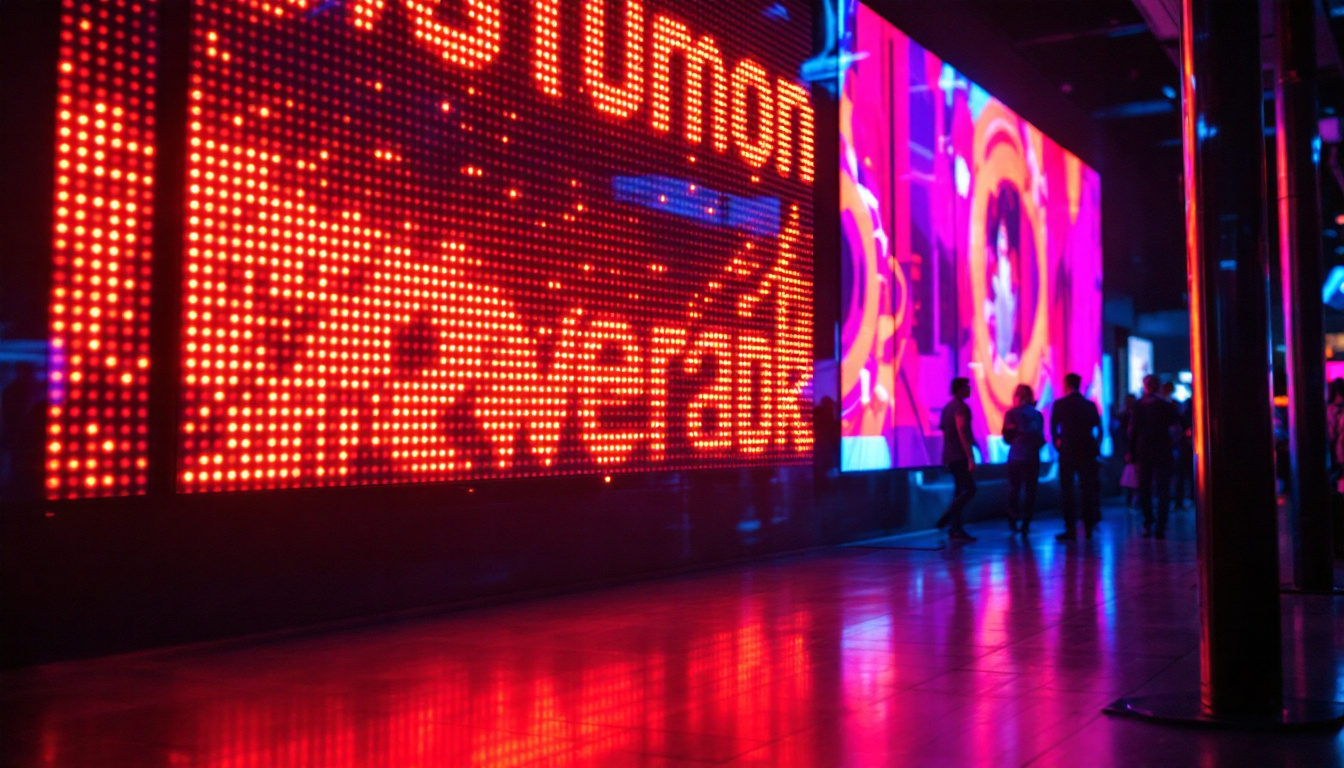In an era where visual technology is rapidly evolving, LED displays have become the cornerstone of large-scale digital screens. From sprawling stadiums to massive outdoor billboards, these displays captivate audiences with their vibrant colors, sharp images, and unparalleled brightness. But what exactly goes into creating the largest LED screens ever built? This article delves deep into the technology, design, and applications of these colossal displays, explaining how they work and why they matter in today’s visual landscape.
The Evolution of LED Display Technology
LED, or Light Emitting Diode, technology has come a long way since its inception in the early 1960s. Initially used for simple indicator lights, LEDs have transformed into the backbone of modern digital displays. The journey from small indicator lights to giant screens involves advances in semiconductor technology, manufacturing processes, and pixel density improvements.
Early LED displays were limited in size and resolution, often used in calculators and simple signage. However, as the demand for larger and more vivid displays grew, manufacturers began developing modular LED panels that could be tiled together seamlessly. This modular approach made it possible to build screens of virtually any size, limited only by structural and logistical constraints.
Key Milestones in LED Display Development
One of the most significant milestones was the introduction of surface-mount technology (SMT) LEDs, which allowed for smaller, more densely packed diodes. This innovation led to higher resolution screens capable of displaying detailed images even at close viewing distances.
Another breakthrough was the development of fine-pitch LED displays, where the distance between individual diodes (pixel pitch) shrinks to just a few millimeters. Fine-pitch technology is crucial for indoor applications like control rooms and retail environments, where viewers are close to the screen and demand sharp image quality.
Understanding the Components of a Large LED Display
To appreciate the scale and complexity of the largest LED screens, it’s essential to understand their core components and how they work together to produce stunning visuals.
LED Modules and Panels
The building blocks of any large LED display are the LED modules. Each module contains a matrix of individual LEDs arranged in a grid pattern. These modules are assembled into panels, which are then combined to form the full screen. The modular design allows for easy maintenance and scalability.
Modern LED modules use red, green, and blue diodes to create a full spectrum of colors through additive color mixing. By adjusting the brightness of each diode, the display can produce millions of colors, enabling detailed and vibrant images.
Pixel Pitch and Resolution
Pixel pitch is a critical specification for LED displays, defined as the distance from the center of one LED cluster to the center of the adjacent cluster. Smaller pixel pitches mean higher resolution and finer image detail. For example, a 1.5mm pixel pitch screen will have much sharper images than a 10mm pitch screen.
However, as pixel pitch decreases, manufacturing complexity and costs increase. For the largest outdoor screens, pixel pitches typically range from 6mm to 20mm, balancing visibility at a distance with cost-efficiency.
Control Systems and Processing
Behind the scenes, sophisticated control systems manage the content displayed on LED screens. These systems convert video signals into data that drives each LED module, ensuring synchronization and color accuracy across the entire display.
Advanced processors handle real-time image correction, brightness adjustments, and even environmental factors like ambient light and temperature. This ensures optimal performance regardless of the installation environment.
Record-Breaking Largest LED Screens Around the World
Several LED screens have claimed the title of “largest” over the years, each pushing the boundaries of size, resolution, and engineering.
The Fremont Street Experience, Las Vegas
One of the most iconic large LED displays is the canopy at the Fremont Street Experience in Las Vegas. Spanning approximately 1,500 feet in length and 90 feet in width, this screen covers over 130,000 square feet. It uses more than 12 million LEDs to create immersive light shows that attract millions of visitors annually.
The canopy’s design allows for dynamic video content, animations, and interactive displays, transforming the pedestrian mall into a vibrant entertainment hub. Its sheer size and brightness make it visible from miles away, showcasing the potential of LED technology for public spaces.
The Dubai Mall’s LED Waterfall Screen
Dubai is known for pushing the limits of architectural and technological innovation. The Dubai Mall features an enormous LED waterfall screen that cascades down the side of an indoor waterfall. Measuring over 100 feet tall and 30 feet wide, this screen combines water and light to create a unique sensory experience.
The screen’s transparency and pixel arrangement allow it to blend seamlessly with the water flow, demonstrating the versatility of LED technology in unconventional applications.
The Seoul World Cup Stadium LED Screen
In South Korea, the Seoul World Cup Stadium boasts one of the largest outdoor LED displays used for sports events. The screen measures approximately 7,000 square feet and provides crystal-clear visuals to tens of thousands of spectators. It supports high-definition video feeds, instant replays, and interactive graphics, enhancing the live experience for fans.
Engineering Challenges in Building the Largest LED Displays
Constructing the world’s largest LED screens is a feat of engineering that involves overcoming numerous technical and logistical challenges.
Structural Support and Installation
Large LED displays can weigh several tons, requiring robust support structures that can withstand wind loads, seismic activity, and other environmental stresses. Engineers must design frames and mounting systems that ensure safety and durability while minimizing visual obstruction.
Installation often involves cranes, scaffolding, and precise alignment to ensure seamless image quality. Given the modular nature of LED panels, technicians must carefully calibrate each section to avoid color mismatches or pixel inconsistencies.
Heat Management and Power Consumption
High-powered LEDs generate significant heat, which can degrade performance and lifespan if not properly managed. Large screens incorporate advanced cooling systems, including heat sinks, fans, and sometimes liquid cooling, to maintain optimal operating temperatures.
Power consumption is another critical factor. Massive LED displays require substantial electrical infrastructure, often drawing hundreds of kilowatts during peak operation. Efficient power management and energy-saving technologies are essential to reduce operational costs and environmental impact.
Weatherproofing and Durability
Outdoor LED screens face harsh conditions such as rain, dust, extreme temperatures, and UV exposure. To ensure longevity, LED modules are sealed with weatherproof coatings, and enclosures are designed to prevent moisture ingress.
Durability also extends to resistance against vandalism and accidental damage, especially in public spaces. Manufacturers use toughened materials and protective layers to safeguard the delicate diodes.
Applications and Impact of Massive LED Displays
The largest LED screens serve a variety of purposes across industries, transforming how information and entertainment are delivered to audiences worldwide.
Entertainment and Advertising
Massive LED displays are a staple in entertainment venues such as stadiums, concert halls, and theaters. They provide immersive visuals that enhance live performances and sporting events, creating unforgettable experiences for attendees.
In advertising, these screens offer brands unparalleled visibility. High-traffic locations like Times Square in New York City feature giant LED billboards that display dynamic ads, engaging millions of viewers daily. The ability to update content instantly allows advertisers to tailor messages in real-time based on audience demographics and events.
Public Information and Civic Engagement
Governments and municipalities use large LED screens to disseminate important information, such as emergency alerts, public service announcements, and event schedules. These displays can foster civic engagement by broadcasting community news and cultural programming.
During major events like festivals, parades, or political gatherings, LED screens help coordinate crowds and enhance safety by providing clear, visible instructions.
Architectural and Artistic Expression
LED technology has also become a medium for artistic expression and architectural innovation. Buildings incorporate LED facades that change colors and patterns, turning structures into dynamic canvases. This fusion of technology and art adds vibrancy to urban landscapes and attracts tourism.
Artists use large LED installations to create interactive exhibits that respond to viewer movement or environmental data, pushing the boundaries of digital art.
The Future of Large-Scale LED Displays
As LED technology continues to advance, the future promises even more impressive and versatile large-scale displays.
MicroLED and MiniLED Innovations
Emerging technologies like MicroLED and MiniLED offer higher brightness, better contrast, and improved energy efficiency compared to traditional LEDs. MicroLEDs, in particular, feature microscopic diodes that enable ultra-high resolution and flexible form factors.
These advancements could lead to even larger screens with unprecedented image quality, while reducing power consumption and heat output.
Integration with Augmented Reality and AI
Future LED displays may integrate augmented reality (AR) elements, overlaying digital content onto the physical environment. Combined with artificial intelligence (AI), these screens could deliver personalized, context-aware experiences tailored to individual viewers.
For example, a stadium screen might display player stats in real-time based on a fan’s preferences, or a billboard could adapt its message depending on the time of day and audience demographics.
Sustainability and Eco-Friendly Design
With growing emphasis on sustainability, manufacturers are developing eco-friendly LED solutions that use recyclable materials and reduce energy consumption. Solar-powered LED installations and smart energy management systems are becoming more common, aligning large-scale displays with environmental goals.
These efforts ensure that the impressive scale of LED screens does not come at the expense of the planet.
Conclusion
The largest LED screens in the world are marvels of modern technology and engineering. They combine cutting-edge components, innovative design, and meticulous craftsmanship to deliver breathtaking visuals on an unprecedented scale. From entertainment and advertising to public information and artistic expression, these massive displays have transformed how people interact with digital content in public spaces.
As LED technology continues to evolve, the potential for even more spectacular and sustainable large-scale displays is immense. Understanding the intricacies behind these giant screens not only highlights human ingenuity but also opens the door to exciting possibilities in the future of visual communication.
Discover the Future of LED Displays with LumenMatrix
Ready to elevate your visual experience with the latest in LED display technology? LumenMatrix is at the forefront of innovation, offering a diverse range of LED display solutions that bring your brand to life. Whether you’re looking for Indoor LED Walls, Outdoor Displays, or specialized options like Vehicle Displays, LED Posters, or even Custom LED Designs, LumenMatrix has the expertise to transform your space. Embrace the future of visual communication and check out LumenMatrix LED Display Solutions today to see how we can help you make a lasting impression.


